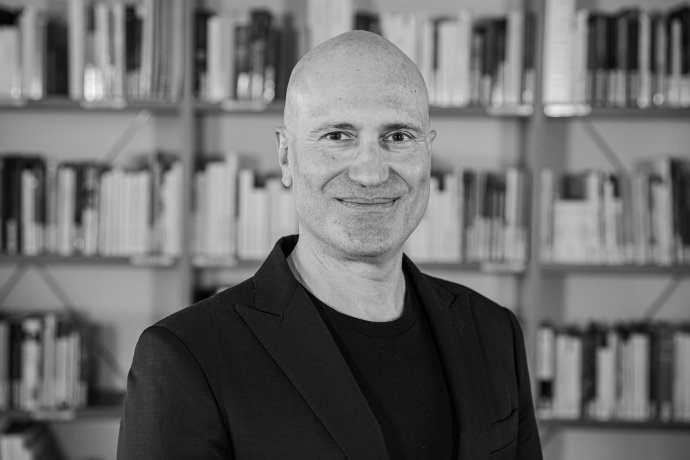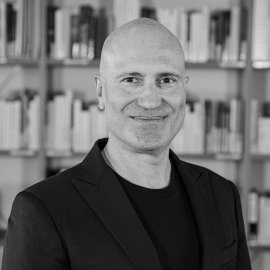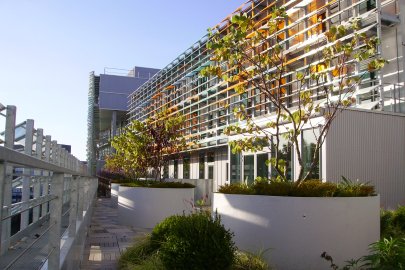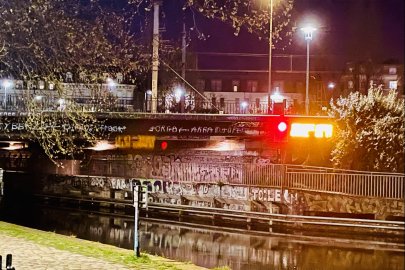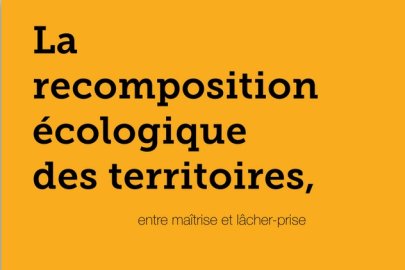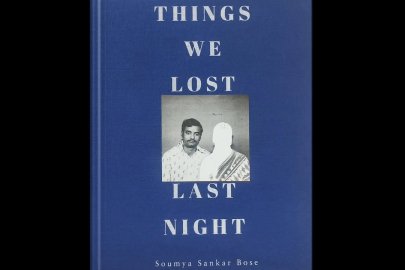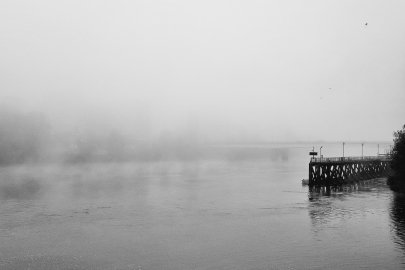The Institut d'études avancées de Nantes: Vision 2040
Ali Hossaini
In 2038 the Institute sits in the heart of Nantes.

The library's glass wall frames its former site, a wetland that protects the city from the Loire. Swiping the wall activates a full-scale AR presentation of how Nantes adapted to rising tides. The Institute's motto - Born in hope, forged in crisis - embodies its evolution as a leading centre for research and innovation.
The 2020s ended on a hard note. Extremes of deadly weather - torrential rain followed by drought - became an emblem for global disorder in ecology, economics and politics. Societies polarised, but attempts to generate equity, whether of wealth, health or power, created new vacuums. The Great Oscillation began in 2029 when life see-sawed from one extreme to another, and humanity admitted the world was beyond control. Support for academia subsided, and, when the IAS flooded in 2030, the city of Nantes converted its site to marshes.
Fragility enabled agility. In 2032 the Institute had little to lose when it replaced disciplines with domains. The Great Oscillation had revealed the dangers of specialization, but academic boundaries prevented much-needed interdisciplinary collaboration. The Institute eliminated this issue by reorganizing knowledge around practice. Domains are application environments. With no respect to disciplines, domains appear as fields that require coordinated expertise to manage. Education, food, transportation, healthcare and government are examples, and they can be divided into myriad sub-domains that retain the complexity of wider categories.
The concept of domains, and related methods of design thinking, opened new opportunities for the IAS. Engineers from the Airbus Technocentre, artists from APO-33, Mire and Gran Lux, and city planners from Nantes Metropole regularly join IAS cohorts. Former fellows have a strong virtual presence. When it reoganised, management extended models of scientific direction, and it used democratic participation platforms to build thriving communities of former fellows. This network of global stakeholders accounts for much of the Institute's resilience.
Each year the Institute issues domain challenges to prospective fellows. Applicants can also propose new domains. Contrary to early fears, domains have simplified the work of admission committees. Interdisciplinary concepts are weak by definition. In contrast, domains admit complementary analyses with no limits on causal models. Scholarship blends with engineering, and both blend with design. A cohort may benefit from quantitative analysis of large-scale social networks tempered by microhistory of individuals. Universities regard the IAS as a testbed for new educational programmes, and the Nantes model has been adopted worldwide.
The value of an IAS fellowship extends far beyond its term. Domain challenges identify fault lines in industry, culture and governance, and IAS cohorts are well-positioned to support positive change. Funding cuts have forced research institutions and, for that matter, researchers, to become entrepreneurs. On its 30th anniversary, in response to corporations, foundations and government, the Institute will launch a commercial consultancy. Fellows still come to the IAS for self-directed research. Upon completion, they can become change-makers who develop humane, ecologically sound projects.
